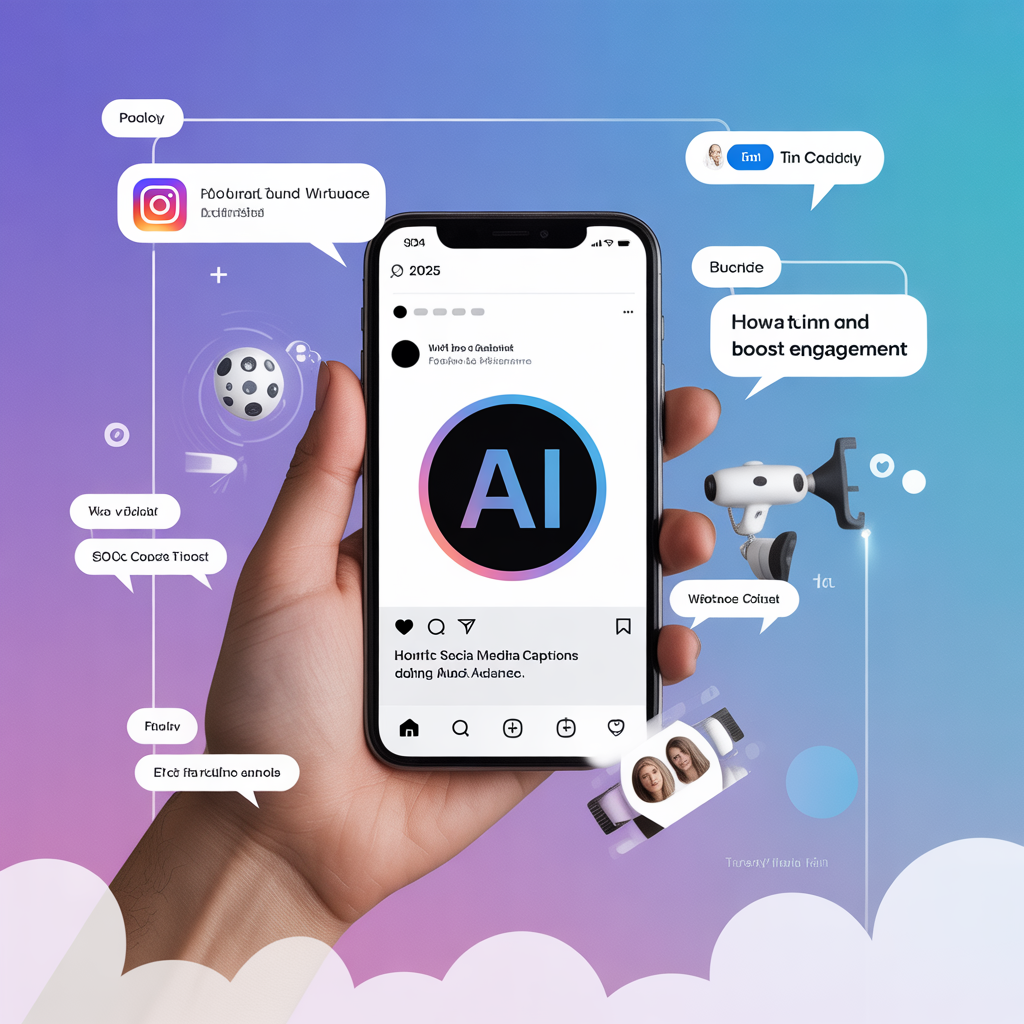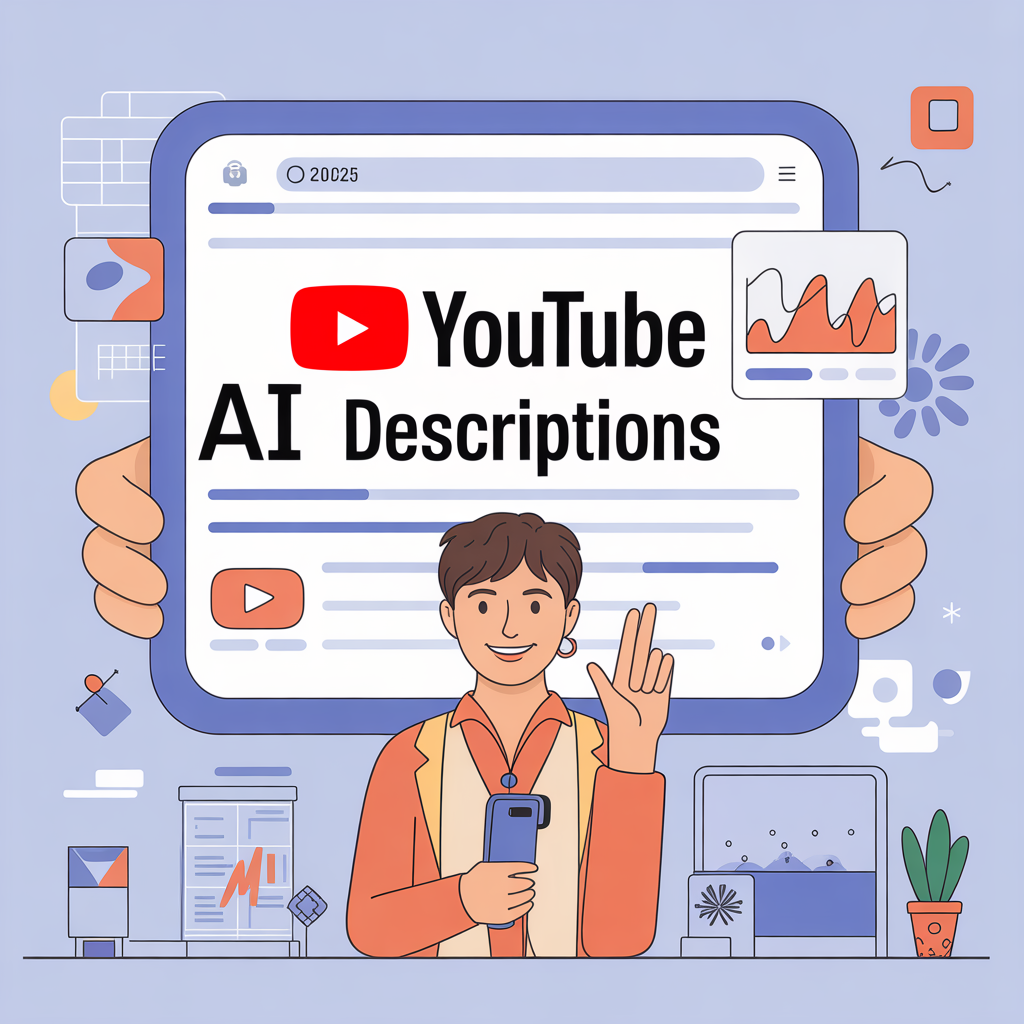Blog Content
When you read a product review, a blog post, or a brand story online — there’s a growing chance a machine helped write it.
Welcome to the age of AI ghostwriting, where artificial intelligence works silently behind the scenes, crafting content that sounds authentically human.
👥 1. What Is AI Ghostwriting?
AI ghostwriting means using artificial intelligence to generate or co-write content that’s published under a human or brand name.
Just like traditional ghostwriters, AI stays invisible — but its influence is massive.
From newsletters and social media posts to press releases and product descriptions, AI tools like ChatGPT, Jasper, Copy.ai, and Flow AI are now behind millions of digital voices.
💡 2. Why Brands Are Adopting AI Ghostwriters
Modern marketing demands constant content — emails, blogs, ads, captions, SEO pages.
Instead of hiring huge teams, brands use AI to:
- Maintain consistent tone and volume
- Generate ideas and drafts instantly
- Cut production costs and turnaround time
- Scale multilingual content with ease
The result: faster publishing, better ROI, and more personalized experiences at global scale.
⚙️ 3. The Hidden Workflow of AI-Powered Teams
A typical “human-looking” brand content workflow might look like this:
- Human strategist defines the brief.
- AI tool generates first drafts, tone variations, or idea lists.
- Editor refines and adds brand-specific details.
- Manager approves and schedules the post.
By the time it goes live, 60–80% of the words might be machine-assisted, yet completely undetectable.
🎭 4. Should AI Ghostwriting Be Disclosed?
This question divides the content world.
Some argue for full disclosure, saying it ensures honesty and builds trust.
Others see AI as just another tool — like Grammarly or Photoshop — not requiring a footnote every time it’s used.
The balance lies in intention:
If AI enhances human creativity, it’s collaboration.
If it replaces human perspective entirely, it risks losing authenticity.
🧠 5. The Ethics of Hidden AI Voices
Ethically, AI ghostwriting becomes problematic when it:
- Fabricates personal stories or testimonials
- Mimics real people without consent
- Generates factually uncertain or plagiarized text
Responsible creators use AI to assist, not impersonate.
They fact-check, personalize, and maintain creative oversight.
🚀 6. The Competitive Advantage of “Invisible AI”
The smartest brands treat AI as their silent creative partner.
They leverage it to brainstorm, analyze, and optimize — while keeping human creativity at the center.
This invisible partnership:
- Increases productivity
- Keeps messaging aligned across platforms
- Allows real-time adaptation to trends
AI ghostwriting isn’t replacing writers — it’s redefining what writing teams look like.
Conclusion
AI ghostwriting is already here — and it’s quietly reshaping content creation worldwide.
The best brands won’t hide from it; they’ll master it, combining human emotion with machine precision.
Because in the end, the goal isn’t to sound robotic — it’s to tell your story more powerfully than ever before.


